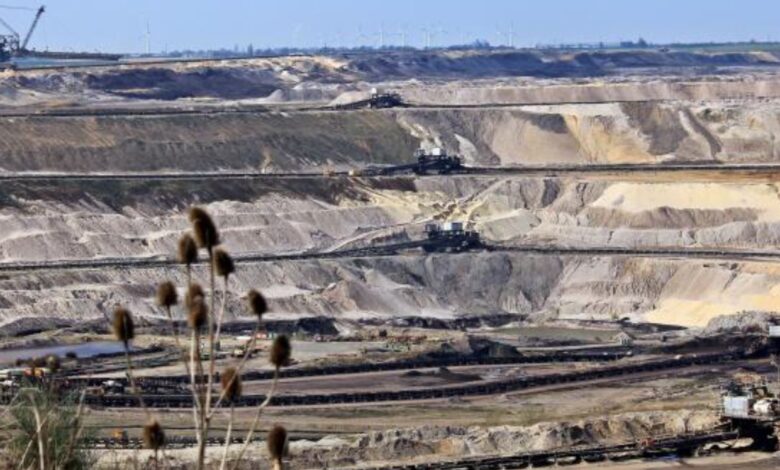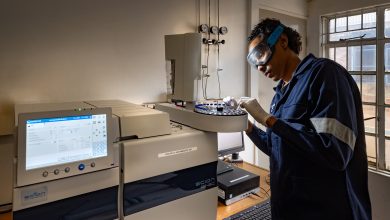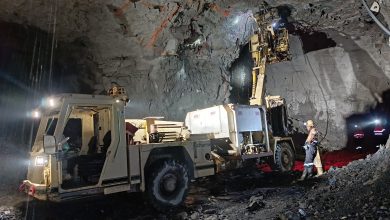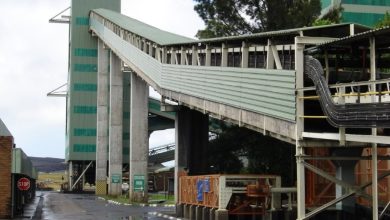
Emerging technologies for mine ventilation and cooling – striking the right balance between energy efficiency and health and safety
By Wynand Marx, CEO at BBE Group
In South Africa’s mining sector, balancing energy efficiency with the health and safety of workers in underground mines is an enduring challenge due to the ventilation and cooling demands of heat, dust, and gases generated by the mining process. Ventilation and cooling systems are high energy consumers and an obvious target for energy reduction and optimisation efforts.
At the heart of this balance lies the responsibility and challenge of ensuring a safe and healthy workplace while managing energy costs optimally. New technologies and methodologies offer promising solutions, but the key lies in adopting systems that improve energy efficiency while maintaining the highest standards of health and safety. Addressing health and safety risks interactively and simultaneously with energy saving efforts is essential to responsible mining.
The energy efficiency challenge
Ventilation systems are essential for maintaining safe and healthy working conditions in underground mines, accounting for between 25% and 50% of total energy consumption. Main fans and refrigeration systems utilise big electric motors to circulate large quantities of conditioned air through deep and extensive mine workings. Traditionally, these substantial energy consumers operate at maximum capacity regardless of real-time needs, resulting in high energy use, increased operational costs, and a larger carbon footprint.
Emerging technologies such as Ventilation on Demand (VOD) are transforming how mines manage ventilation supply. Using real-time data, VOD systems adjust ventilation according to the specific needs at any given moment, based on factors like the location of workers and machinery. This approach significantly reduces energy consumption and demonstrates how intelligent systems can maintain health and safety while enhancing energy efficiency.
In addition to VoD, transitioning to optimised cooling strategies can lead to significant savings, however these changes require careful planning. One example is modular underground cooling systems with short lead times, easy transportation and assembly, low capital and operating cost, and the ability to operate with minimal maintenance.
Prioritising health and safety
Although energy efficiency is a pressing concern, health and safety must remain the priority of mining operations. Poor ventilation can lead to serious long term health issues for workers, including respiratory diseases and risks associated with long-term exposure, such as radiation. The South African mining industry has seen firsthand how neglecting these concerns can result in costly repercussions – not just in terms of regulatory fines but also through diminished workforce morale and productivity. This further reinforces why striking a balance is critical.
By designing, implementing, and operating adequate ventilation and cooling systems, mines can reduce the health impacts that workers face daily. Modelling of mine ventilation networks, for example, enables operators to identify high-risk areas where heat or gas buildup could occur, allowing issues to be addressed before they escalate. This proactive approach not only enhances worker health and safety but also improves operational efficiency by reducing downtime caused by health-related incidents.
Looking ahead: Balancing innovation with practicality
The future of mine ventilation and cooling in South Africa lies in the adoption of technologies and strategies that do more than just reduce energy consumption – they must support a safe, health-conscious work environment. Mines that prioritise both efficiency and health can achieve a competitive advantage, particularly as stakeholders evaluate companies based on their commitment to worker welfare and environmental responsibility.
As the industry moves toward smarter, greener solutions, the true measure of success will be in how well mines strike this balance. Technologies that reduce the environmental footprint are necessary, but only if they are coupled with measures that genuinely protect and enhance the well-being of those on the front lines of the mining industry. In navigating this complex landscape, mines can lead the way in setting new standards for a safer, more efficient, and more responsible mining sector.






